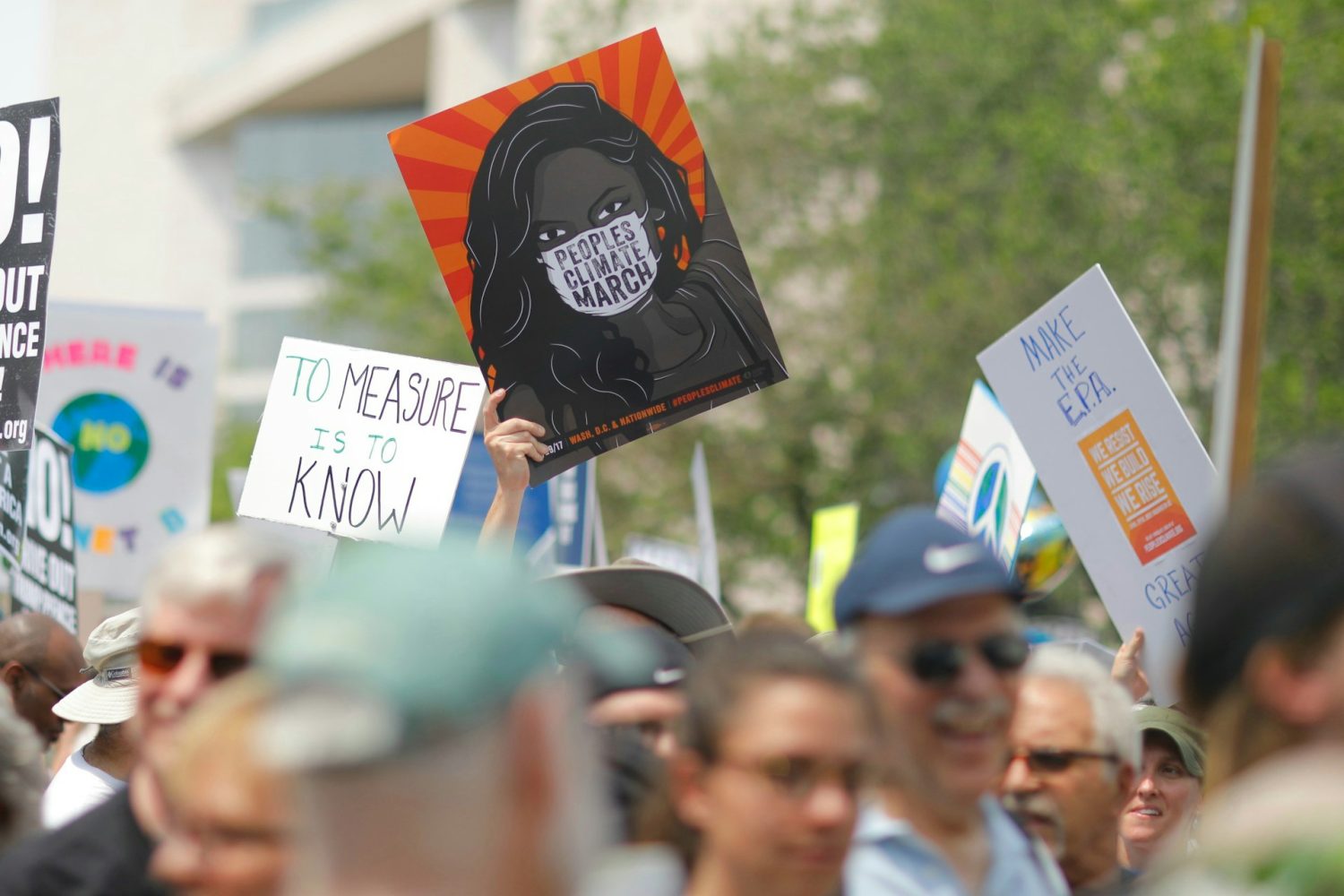
The American Civil Liberties Union (ACLU) is flagging constitutional concerns with police using drone technology to surveil public gatherings and the vital protections communities need to curb abuse. These questions come in light of the news that police departments have already used drones to monitor everything from large-scale public gatherings, such as parades and protests, to small, private gatherings like backyard barbeques.
In a new report, ACLU’s Jay Stanley looks at law enforcement’s use of drones to surveil public gatherings and details the guardrails necessary to protect civil liberties. The report is especially timely as the Federal Aviation Administration (FAA) is moving toward issuing new rules that will allow flights beyond the visual line of sight of the operator, opening up the skies to uses of drone technology that is not generally permitted yet.
While the ACLU agrees that law enforcement’s job is to worry about a gathering turning violent, the big question is, how many actually do? Even on the rare occasions when violence breaks out, it’s not clear how the presence of a drone overhead would prove crucial to the police’s ability to keep the peace.
According to the report, in most cases, it’s enough to rely upon ground observations or other techniques that have lower costs, fewer chilling effects, and less risk of lending themselves to abusive surveillance. For instance, did police in Elizabeth, New Jersey, really need drones to monitor a protest by local students demanding fewer police and more counselors in schools?
The report further highlights that many people fear the police and won’t show up to express themselves if they expect to be recorded, with the unknown consequences that can bring. This is especially true in the case of historically marginalized communities or when it is police violence that people are protesting against.
The ACLU stresses that political protests and other public gatherings are vital to democratic accountability, and people shouldn’t have to feel like they’re living in a garrison state whenever they get together. As such, it is vital to put in place strict limits and guardrails to ameliorate the negative consequences of police drone monitoring. In particular, law enforcement should, at a minimum, adhere to the following principles:
- Enact policies limiting drone operations to gatherings that fit certain criteria
- Put limits on when recording may take place
- Exercise constraints on the use of video recordings
- Ensure drone videos are fully available for oversight function
- Police operations must not preclude other drone flights
You can read the entire report and explore these guardrails in detail here. And we highly recommend that you do.
New: China approves mass production of pilotless air taxis
FTC: We use income earning auto affiliate links. More.





Comments